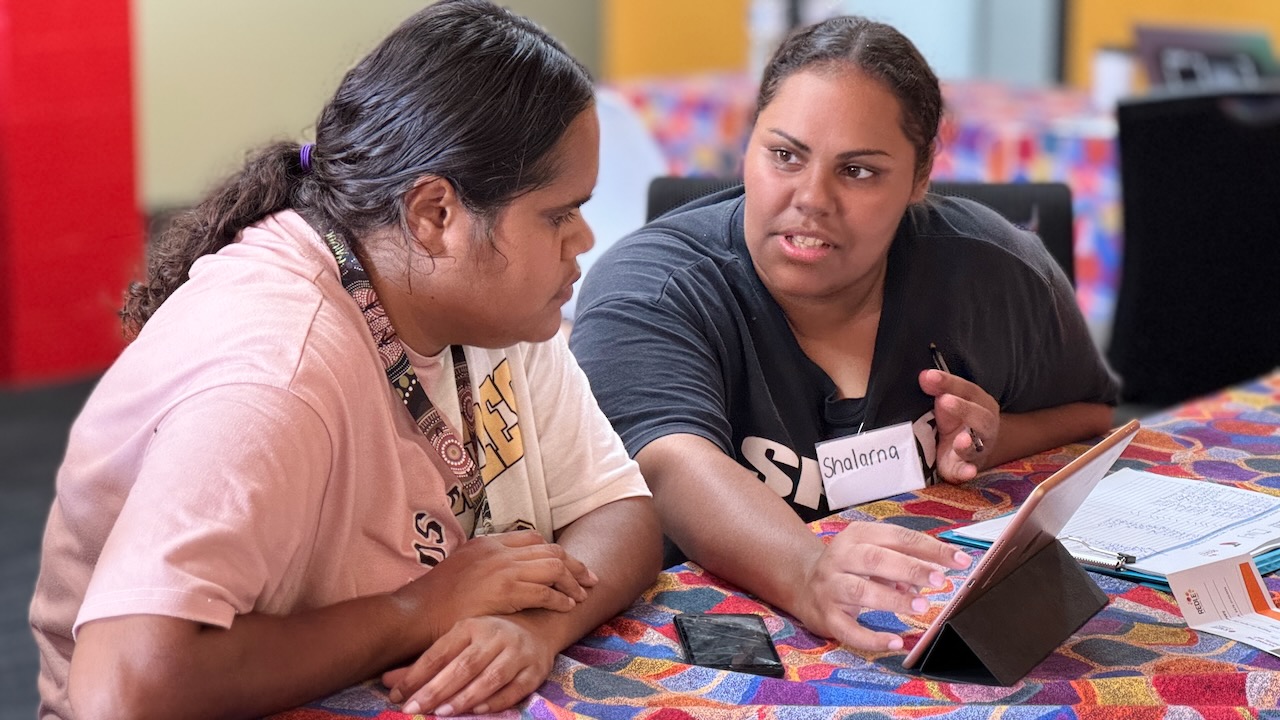The Research Fellow from the School of Design unpacks the state of affairs for Victorian apartment owners.
How has a lack of regulation led to issues like faulty cladding?
In 1994 the state government authorised private building surveyors to approve aspects of home construction and property development that were previously overseen by local councils.
The move freed up building approvals but arguably led to a vast number of buildings being signed off as compliant, when they were not.
Systemic building defects in apartments, including widespread use of non-compliant cladding, are a well-documented result of industry practice today.
Why are homeowners being left to foot the bill for these defects?
In 2002, in the middle of an insurance industry crisis, the state government brought in laws that exempt buildings of more than three levels from needing protective warranty insurance, unlike every other Victorian home.
With the construction of high-rise buildings rapidly increasing, huge numbers of new apartment owners were left with no financial recourse for defective building works when builders went bust or walked away from legal liabilities.
In 2016, new laws empowered regulators to order building work to be fixed in Victoria, however the Victorian Building Authority remained unable to order rectification works by builders once owners took possession, leaving the responsibility and liability with the owners.
Where does this leave owners?
These policy and practice changes were in no way intended to undermine apartment owner’s protections, however when taken collectively, they have. It’s been death by a thousand cuts for apartment owners.
People should be able to rely on industry professionals to design and build compliant constructions and have access to recourse frameworks when things go wrong.
Instead, many now find themselves in a precarious safety and legal situation while facing significant, unexpected financial burdens and the mental strain that comes with that.
What do we need to address this?
There are calls for a state inquiry in Victoria and a royal commission nationally, which seem inevitable. Governments and industry should be compelled to take action to fix this mess.
But action needs to go beyond requiring victims to pay through loans, or prosecuting them for issues of design, policy and industry. Government should:
- Introduce laws, potentially retrospectively, to force builders and other liable parties who have constructed high rise buildings in non-compliant cladding to fix the problem, by ordering them to remove and replace the cladding at their cost;
- Provide direct funding for owners in high rise apartments to replace non-compliant cladding, beyond a loan scheme in circumstances where the builder has failed to do so and deregistered;
- Introduce statutory warranties against developers of high rise buildings so they too can be held accountable for non-compliant products being installed on their projects and building defects;
- Empower the VBA to compel builders and developers to act on defective building works; and
- Direct the VBA to consider design solutions to the cladding issue proposed by fire engineers and cladding experts, which does not require the full removal of cladding.
Simon Lockrey is an owner of property with non-compliant cladding.
Story: Grace Taylor

.jpg)


